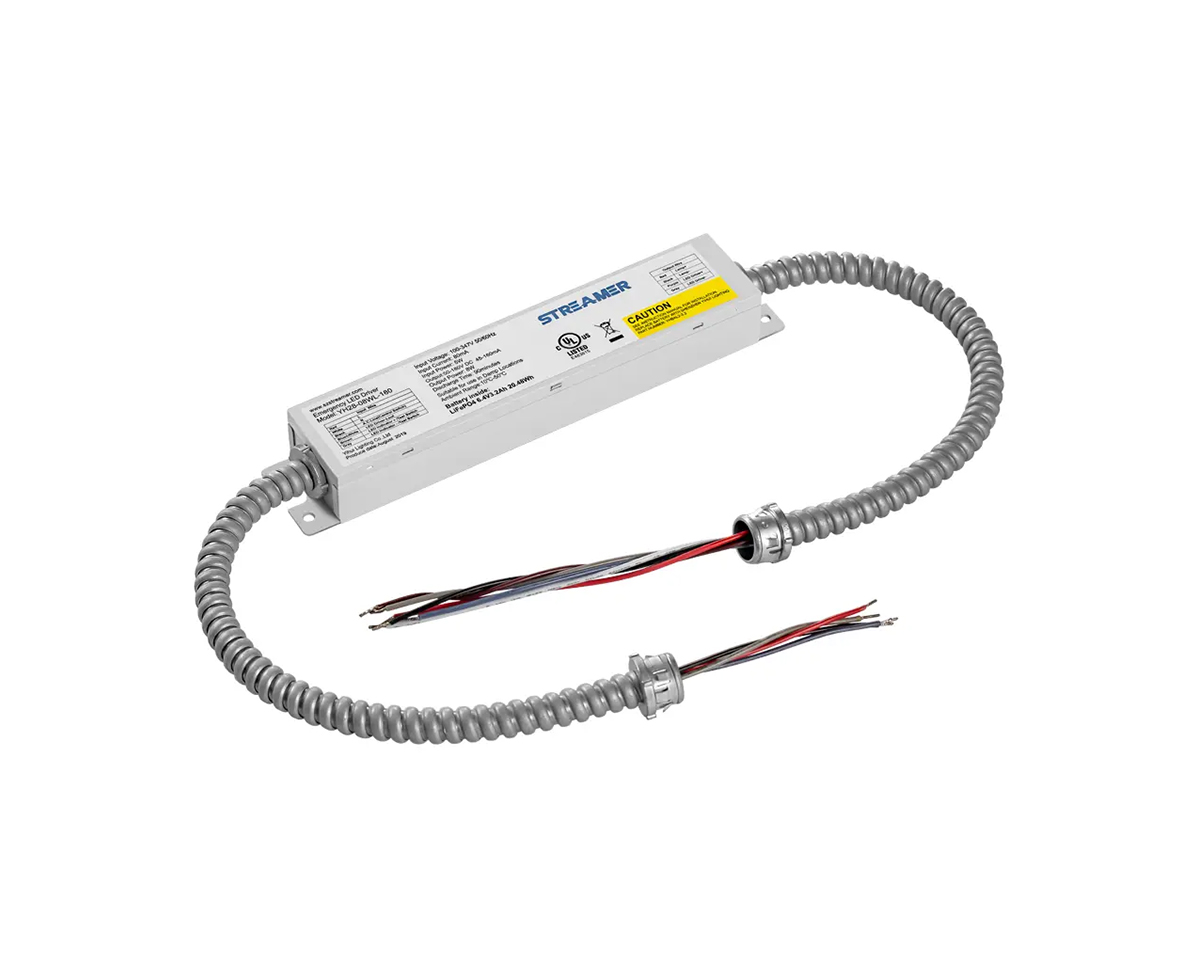 1
1
 Mar 03, 2025
Mar 03, 2025

LED light drivers are essential components that enable the proper operation of LED lights by converting the electrical power from the source to a form suitable for the LEDs. Understanding their working principle is key to optimizing the performance of LED lighting systems.
AC - to - DC Conversion
1. Rectification Process
Most LED light drivers start with the conversion of alternating current (AC) from the mains power supply to direct current (DC). This is achieved through a rectification process. A rectifier circuit, typically composed of diodes, is used. In a half - wave rectifier, only one - half of the AC waveform is passed through, while the other half is blocked. In a full - wave rectifier, both halves of the AC waveform are converted into DC. For example, in a basic full - wave bridge rectifier, four diodes are arranged in a bridge configuration. As the AC voltage alternates, the diodes conduct in a specific sequence to convert the AC voltage into a pulsating DC voltage. This pulsating DC voltage still contains some ripple, which needs to be further filtered.
2. Filtering the Ripple
To smooth out the pulsating DC voltage and reduce the ripple, capacitors are used in the filtering stage. Capacitors store electrical charge and release it when the voltage drops. In an LED driver, large electrolytic capacitors are often placed after the rectifier circuit. These capacitors charge up when the rectified DC voltage is high and discharge when the voltage drops, resulting in a more stable DC voltage output. The combination of rectification and filtering provides a relatively stable DC voltage that is closer to the ideal power supply for LEDs.
Voltage and Current Regulation
1. Buck, Boost, and Buck - Boost Converters
LED drivers use different types of voltage - regulation circuits, such as buck, boost, and buck - boost converters. A buck converter is used when the input voltage is higher than the required output voltage for the LEDs. It works by using a combination of an inductor, a capacitor, and a switch. When the switch is closed, current flows through the inductor, storing energy. When the switch is opened, the inductor releases its stored energy, and the capacitor helps to smooth out the voltage. A boost converter is used when the input voltage is lower than the required output voltage. It increases the voltage by storing energy in an inductor when the switch is closed and releasing it at a higher voltage when the switch is opened. A buck - boost converter can either step - down or step - up the voltage depending on the input and output requirements. These converters are crucial for ensuring that the voltage supplied to the LEDs is within the appropriate range.
2. Current Regulation
LEDs are current - sensitive devices, and it is essential to regulate the current flowing through them. LED drivers use various methods for current regulation. One common method is to use a constant - current integrated circuit (IC). The IC monitors the current flowing through a sense resistor placed in series with the LEDs. If the current deviates from the set value, the IC adjusts the duty cycle of a switch in the voltage - regulation circuit. For example, if the current through the LEDs starts to increase, the IC will reduce the on - time of the switch in a buck converter, reducing the voltage and thus the current to the LEDs. This ensures that the LEDs operate at a constant current, which is important for maintaining consistent brightness and color output.
Dimming and Control Functions
1. Pulse - Width Modulation (PWM) Dimming
Many LED drivers support dimming functions, and one of the most common methods is pulse - width modulation (PWM). In PWM dimming, the LED driver rapidly switches the LED on and off at a high frequency, typically in the range of 100Hz to 1kHz. The duty cycle of these pulses, which is the ratio of the on - time to the off - time, determines the perceived brightness of the LED. For example, if the duty cycle is 50%, the LED is on for half of the time and off for the other half, resulting in a lower average power and thus lower brightness. The driver can adjust the duty cycle based on a control signal, such as a signal from a dimmer switch or a smart home control system.
2. Analog Dimming
Analog dimming is another method used in some LED drivers. In this method, the driver adjusts the current flowing through the LEDs in a continuous manner. A variable resistor or a control voltage is used to change the current. As the current through the LEDs is reduced, the brightness of the LEDs decreases. However, analog dimming can sometimes cause color shift in the LEDs, as the color characteristics of LEDs can be affected by the current level. PWM dimming is generally preferred as it can provide better dimming performance without significant color shift.